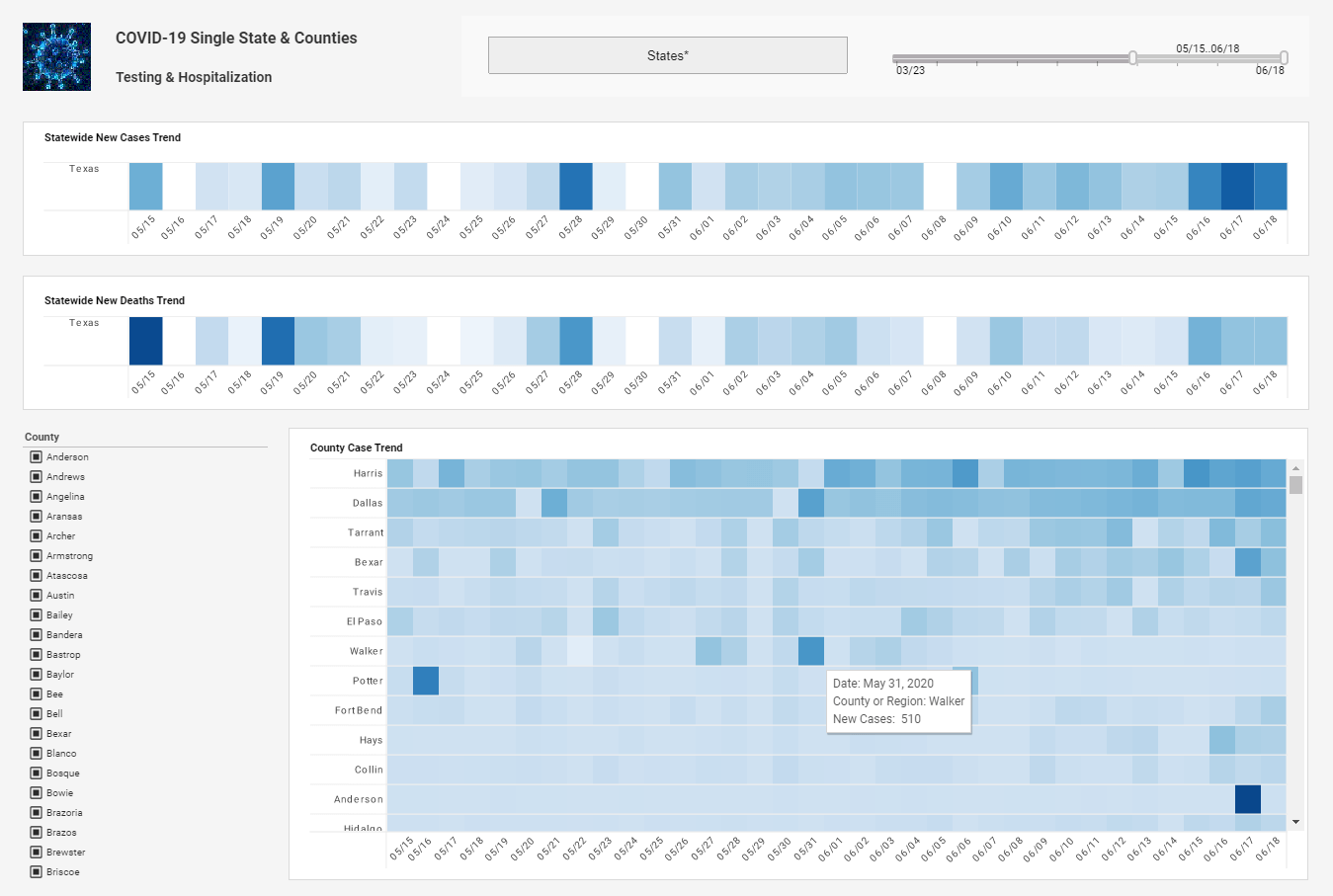InetSoft Webinar: Data Management of Multiple Data Sources Has Become Complex
This is the continuation of the transcript of a Webinar hosted by InetSoft on the topic of "Improving Business Agility Using Performance Management Software." The speaker is Mark Flaherty, CMO at InetSoft.
Data management of multiple data sources has become complex. The idea of gathering information, I’m not saying it used to be simple, but it was simpler. You used to be able to deal with the inside data sources.
Now you’re looking at a huge range of outside data sources, and I can tell you that data can come in all sorts of forms and formats, structured data, unstructured data, multimedia data, even automated sources, and I think that’s one of the most interesting pieces of the information management puzzle right now.
Now, you can analyze how can you do that internally, externally or through automated processes, and again you still want to act in the digital enterprise, and that can include business decisions but also technology decision making, which I think is a really interesting area right now to be looking at. So in terms of gathering the data, as I said, it used to be a fairly simple process happening within the company. You would take all that information, and you would create a series of reports and processes. You wouldn’t have that much automation. But now add to that gathering that data from outside sources.
| #1 Ranking: Read how InetSoft was rated #1 for user adoption in G2's user survey-based index | Read More |
Look at the rise of social networks and what that has meant for companies trying to deal with data. Now, it’s not just numbers. It’s also what’s being said about you. It’s how people feel about you. It’s how your brand is being perceived out there. How do you gather that information?
I think there’s a whole range of data that people forget. I know I understand the social networks. I know we live in it. But then this data that really used to be outside the digital domain, and I’m talking things like HVAC data, you know, your air conditioning, your heating data, your electrical consumption data. All those used to sit outside of the digital domain, or they were sitting in silos at your utility company. They had storage. They had storage usage. They had security information. Nothing was connected.
Now, I really think one of the big goals for IT these days is try to connect all those pieces as well as bring in data from the outside. And again, data was a more of a historical picture. And now it’s a real time event. When people talk about let’s create the real time company, it really does mean something. And what it means is you want to be able to get the data, analyze on it, analyze it and act on it in a real time mode. So once you have got it, okay, let’s go into the digital analysis in the big data world. And big data is something we hear about all the time, and what it really means is just the amount of information that’s out there that’s available to be consumed, can’t really be consumed.
A lot of times you just can’t consume it, can’t analyze all that data that’s available. Virtualization usage data represents a new realm of data that needs analysis. Virtualization is a very interesting technology, but it’s also a product that requires performance management and requires constant analysis. And again analysis can be outside or inside data, internal data between departments and more frequently machine to machine analysis. And that machine to machine communication, and all those machines out there are talking to each other a lot. What’s exasperated the situation is now you have mobile machines talking to mobile machines creating even more data than companies know what to do with. So how do you act on this big data?
 |
Read the top 10 reasons for selecting InetSoft as your BI partner. |
You know the purpose of gathering and analyzing gadgets to create the best decision for your company at the right time, and more and more it’s real time. And I think all of us who lived in the world of static reports and main-frame based reporting systems realized that too often they became victim of analysis paralysis. By the time you’re had received the reports, and you could start analyzing the reports, analyze the data, it was too old. You just didn’t have a real time element to it. And as I said, the purpose of business intelligence is to create a more intelligent company. That’s the purpose of all those many thousands, I guess millions, probably billions of dollars being invested in performance management technology and automated decisions systems.
I really think you need to look at this because it gives you flexibility and scale. It gives you the capability to manage performance, and it allows you to start to analyze and work on the things that you want to analyze the most or have the most impact for your company. So what should be automated? There’s some decision making processes that are always going to require a human intervention, and I’m happy for that to take place.
| Previous: Improving Business Agility Using Performance Management Software |


